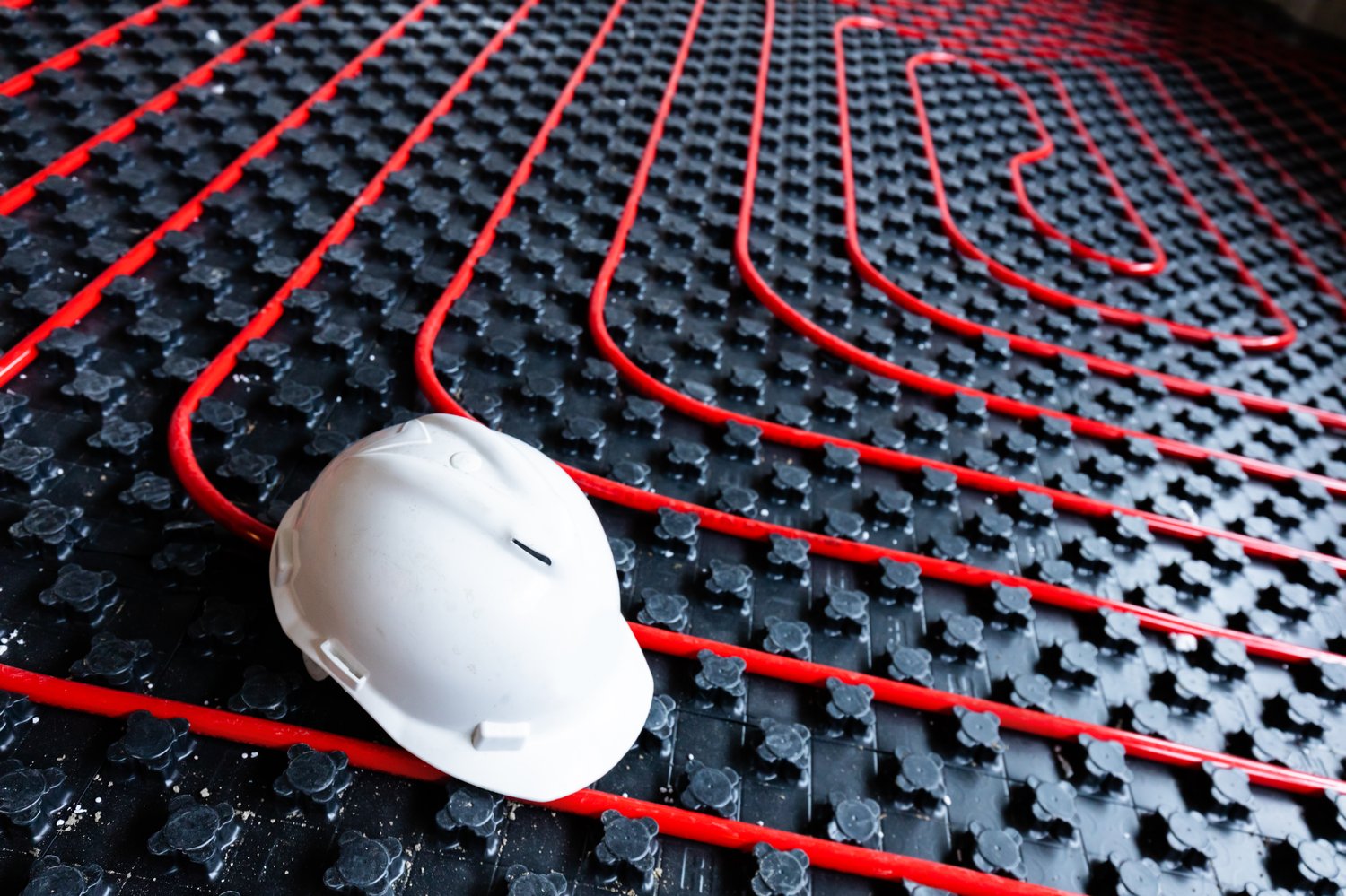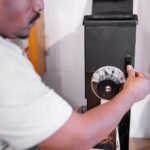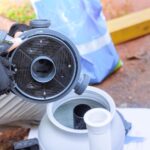Radiant floor heating offers an unparalleled comfort level during the chilly months, but what happens when certain spots feel colder than the rest? Understanding how to maintain and troubleshoot your DIY radiant floor heating system can mean the difference between a cozy home and an ongoing frustration. Dive into this guide to uncover the essential steps needed to diagnose cold spots and enhance system efficiency, ensuring that your home stays warm and your energy bills remain low.
- Discover common causes of cold spots in radiant floor heating systems and learn how to identify them for targeted troubleshooting.
- Find out how to assess your plumbing and electrical connections to pinpoint issues that lead to uneven heating.
- Explore effective tips and techniques to enhance the efficiency of your radiant floor heating system, optimizing both performance and energy savings.
By mastering these insights, you can maintain a consistent and energy-efficient environment, while also gaining the confidence to tackle any issues that arise. Share your experiences and gain new ideas for innovative solutions to keep your radiant floor heating running smoothly.
Understanding DIY Radiant Floor Heat Maintenance: Diagnosing Cold Spots
Radiant floor heating systems offer a cozy warmth that enhances home comfort, yet cold spots can occasionally disrupt this efficiency. Diagnosing these cold spots is crucial for maintaining the system’s effectiveness. Several factors might contribute to uneven heating, including inadequate installation, air locks, or faulty thermostats.
One common cause of cold spots in a radiant floor heating system is an imbalance in the water flow within the system. This can occur when different zones are improperly calibrated or when there is a blockage in the piping. Uneven thermal distribution often results from air trapped within the system, creating what’s known as airlocks, which impede the flow of heated water.
Another factor to consider are issues with the thermostat. If the thermostat isn’t accurately reading the room temperature, it may not effectively signal the heating system to distribute heat evenly. Additionally, the design and layout of your piping can greatly affect system efficiency. Pipes that are too long or have sharp bends can lead to uneven heating.
To ensure you accurately diagnose these cold spots, it’s vital to conduct a thorough inspection. Regularly checking for leaks, corrosion, or sediment buildup within the pipes can help pinpoint areas of concern. Understanding these common issues empowers homeowners to proactively manage their DIY radiant floor heating maintenance.
Identifying Plumbing and Electrical Connections
Successfully addressing cold spots often involves taking a closer look at the plumbing and electrical connections within your radiant floor heating system. Plumbing connections are crucial as they ensure the seamless flow of water. Any leaks or blockages in pipes can severely impact performance.
Begin by examining each accessible plumbing connection for signs of leakage or corrosion. Even minor leaks can lead to significant inefficiencies in your system. It’s also essential to ensure that all pipes are secure and free from obstructions.
Turning to the electrical side, ensure your electrical connections are tight and the thermostat is functioning correctly. Faulty wiring or poor connections can cause the system to underperform, failing to heat certain areas adequately. Check if the thermostat wire connections are firm and intact.
Testing the thermostat’s accuracy involves comparing its reading with a reliable thermometer. If inconsistencies are found, recalibrate or replace the thermostat as necessary. By carefully assessing these plumbing and electrical connections, you can effectively resolve cold spots, optimizing your radiant floor heating system’s performance.
Improving System Efficiency in DIY Radiant Floor Heat Maintenance
Enhancing the efficiency of your DIY radiant floor heating system not only ensures optimal performance but also maximizes energy savings. Proper maintenance and timely upgrades can significantly improve the overall functionality of your heating setup.
Firstly, make sure to regularly check for any air trapped within the system. Air pockets can obstruct the smooth flow of heated water, leading to uneven heating. Bleeding the system to remove air bubbles is a simple yet effective step toward improved efficiency.
Another critical aspect is insulating all pipes and connections adequately. Insulation minimizes heat loss, allowing more warmth to circulate throughout your home rather than dissipating into the subfloor. This practice will help in maintaining consistent temperatures and lowering energy consumption.
Consider installing a programmable thermostat, which allows you to control the temperature more precisely. By setting different temperatures for various times of the day, you can ensure efficient heating only when necessary, further reducing energy costs.
Pay attention to any signs of wear or damage in your system components. Over time, parts like the heating manifold and valves may degrade, leading to inefficiencies. Replacing worn-out components will ensure your system runs smoothly and effectively.
Finally, it is beneficial to assess the water temperature used in the system. Ensure that it is set to the lowest effective temperature that provides comfortable warmth. This not only conserves energy but extends the life of your radiant floor system.
By following these practical tips, you can greatly enhance the efficiency of your radiant floor heating system, ensuring a warm, comfortable, and energy-efficient home environment.
Frequently Asked Questions about DIY Radiant Floor Heat Maintenance
What causes cold spots in a radiant floor heating system?
Cold spots can be due to airlocks, incorrect installation, or faulty plumbing and electrical connections.
How do I identify airlocks in my system?
Listen for gurgling sounds or check if certain areas remain unheated. Air purging may be necessary.
What should I check in the plumbing connections?
Ensure there are no leaks or blockages in pipework and that the water flow is consistent.
How can electrical issues affect the heating system?
Faulty wiring or connections can lead to uneven heating or complete system failure. Inspect for loose connections.
What steps can I take to improve system efficiency?
- Ensure proper insulation
- Optimize thermostat settings
- Regularly bleed the system
How often should I maintain my DIY radiant floor heating system?
Regular checks are recommended at least twice a year before and after the heating season.
Is professional help needed for DIY radiant floor heat maintenance?
While many tasks can be DIY, complex issues or major repairs should be handled by a professional.





